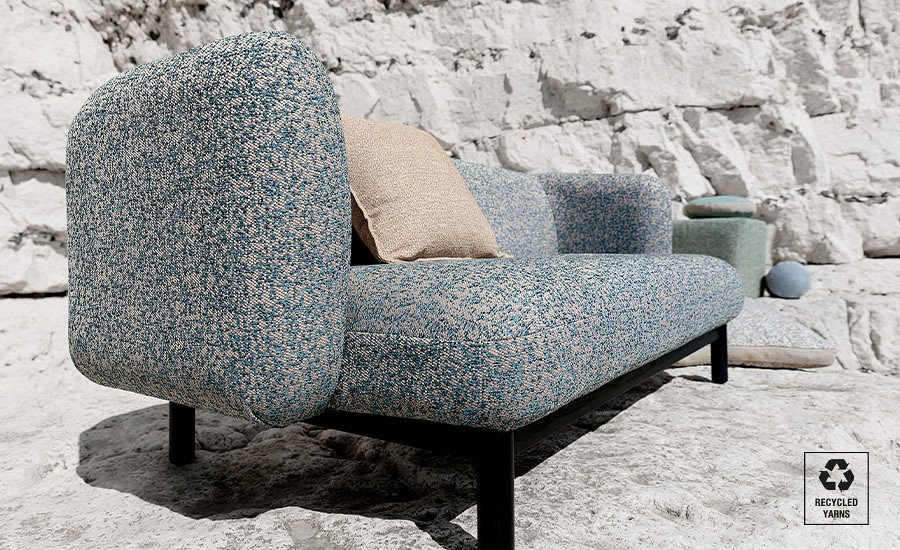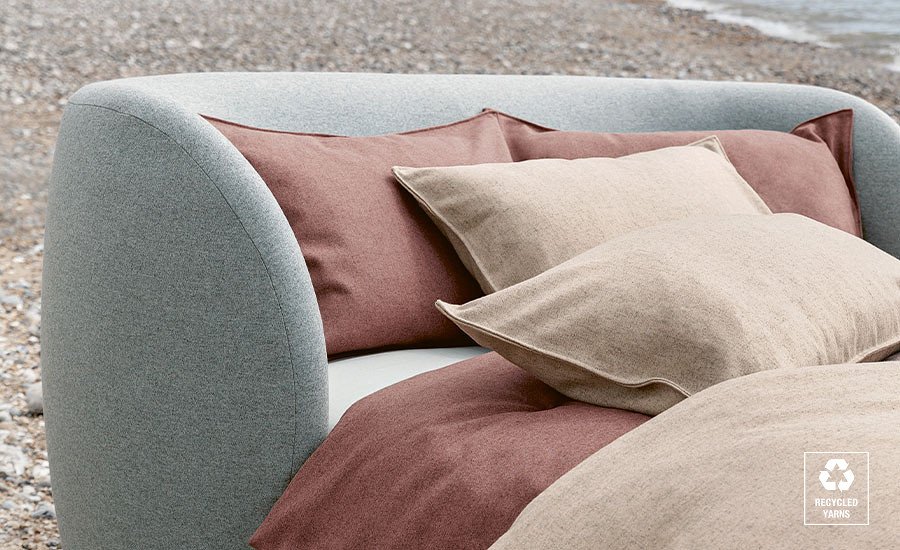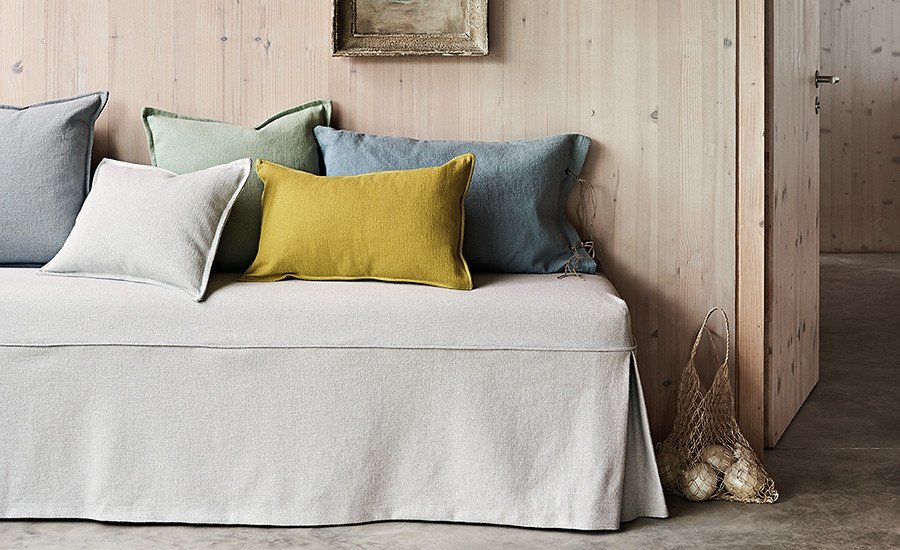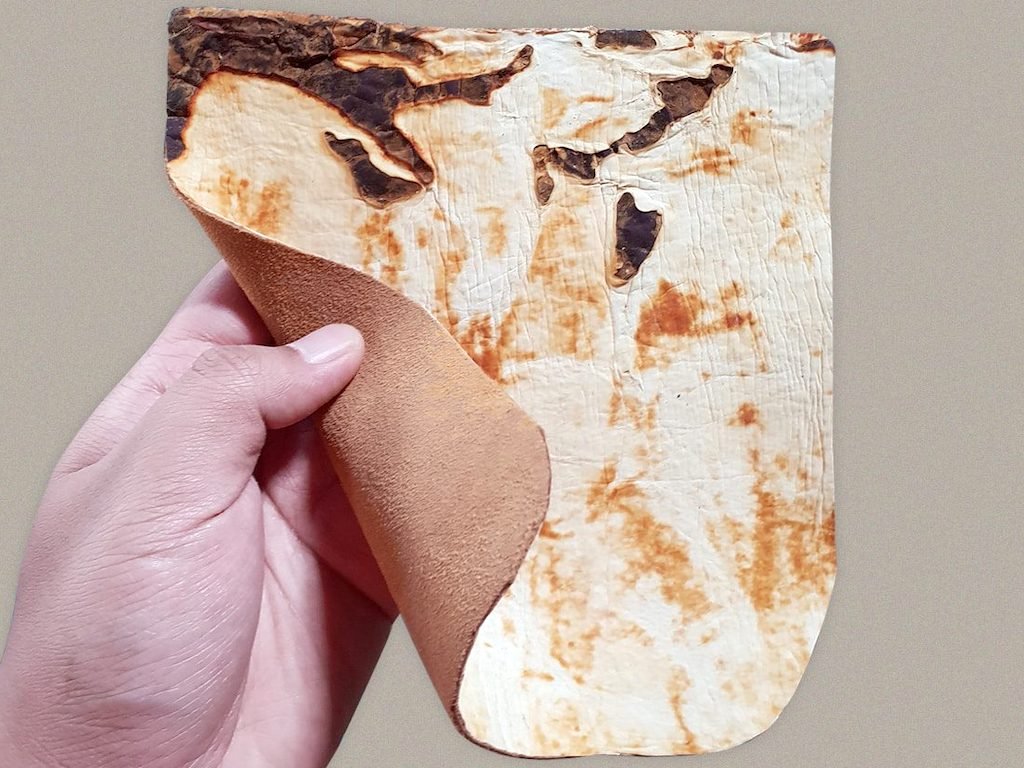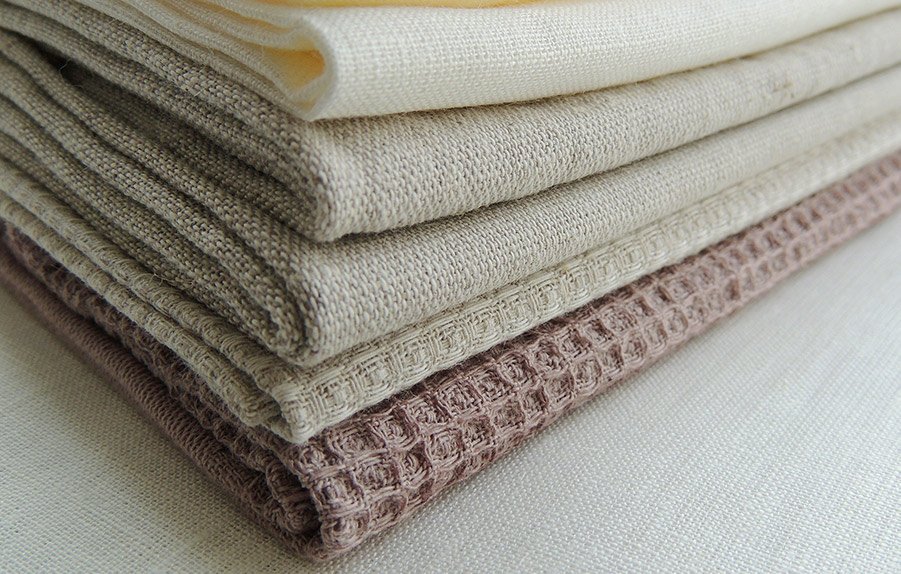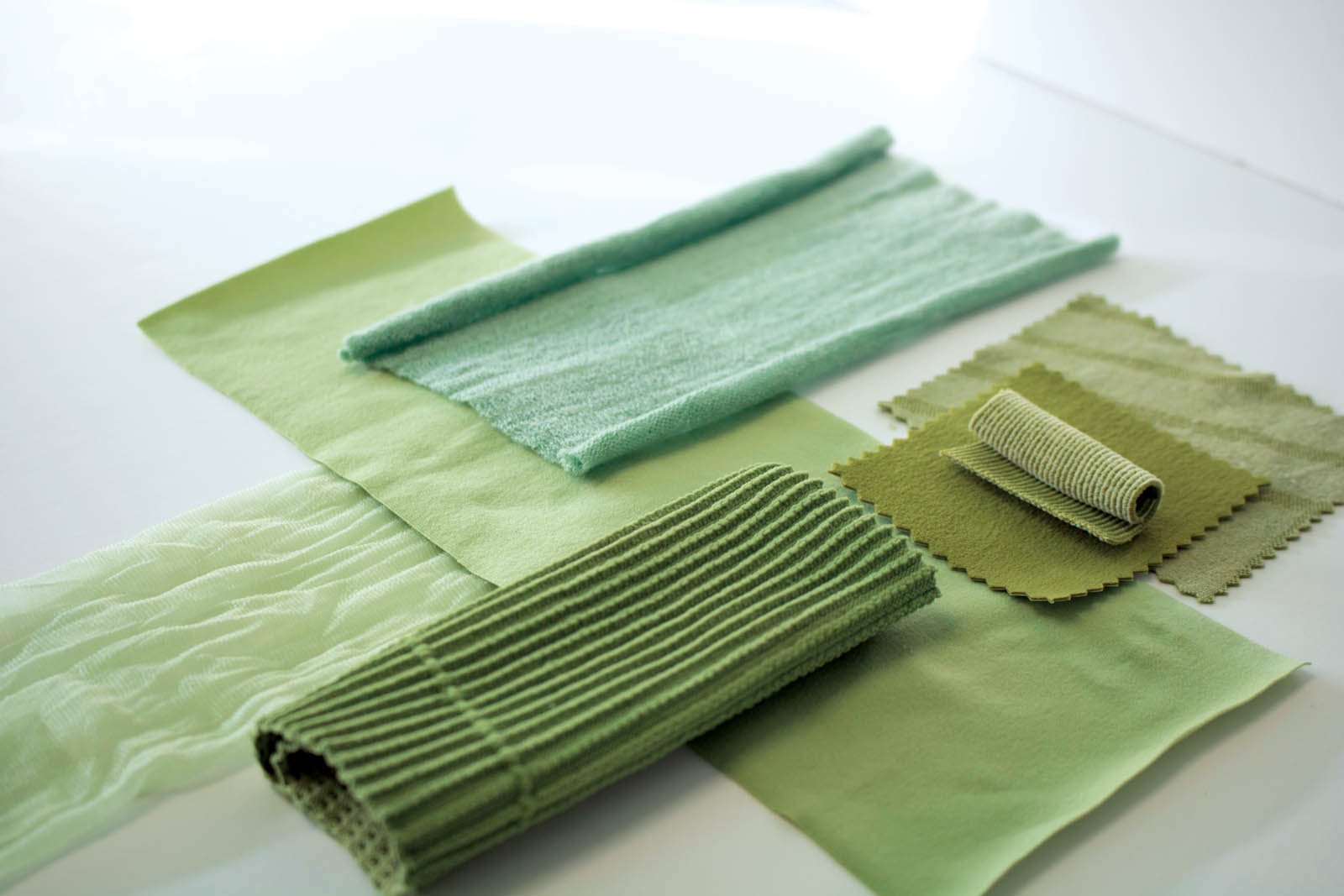World Earth Day : Making a difference
World Earth Day : Making a difference
22.4.22
One of the highlights of our roles at Suna is to keep up with as many exhibitions, CONFERENCES and shows
dedicated to interior design as possible, so we sent a few of our team to the Futurebuild 2022 event.
They came back buzzing about a sustainability talk hosted by Liz Bell, a director of the British Institute of Interior Design (BIID) and chair of the Sustainability and Professional Practice Committee.
Joining her for the panel discussion was Simone Suss (Founder of Studio Suss), Chloe Bullock (Founder of Materialise Interiors) and Brian Woulfe (Founder of Design by Woulfe).
“The discussion centred around the hope that every interior design studio can start their journey
to net zero, something we have been looking at for a good while now.”
Here are 5 Top Tips that we picked up from the panel discussion for incorporating sustainability into day-to-day designing…
Download the sustainable specification guides, be inquisitive with your suppliers and don’t underestimate the purchasing power that we have as designers.
As a designer one could make more conscious choices that items could be made from recycled goods or that the products themselves won’t end up in landfill.
Support cottage companies in rural UK which have clean and local supply chains rather than sweatshops in developing countries.
Research sustainable goods without compromising on the look and feel of a unique and beautiful product for our clients. These are small steps that really contribute to the big actions against climate change.
Present the client with options; this normally leads to better choices. If you have a specific product listed from 3 suppliers, all the same style, colour, and price point and 1 out of the 3 is sustainable, a client will rarely ever choose against the sustainable option.
“At Suna Interior Design, we have been inspired to adopt an initiative to join forces
with our suppliers on the journey to net zero.”
Our goal at Suna is to establish a more sustainable way of procurement and to this end we have been reviewing our own sustainable credentials to enable our designers to
feel empowered to place sustainable products into a project even if the client hasn’t specifically requested the ethical approach.
A few quiet little wins for the world.
Our bespoke furniture supplier uses solar panels as they are based on a farm, this generates the power to run their workshop including all their machines, all waste timber that is too small to be used on a project is then re-used to heat the building.
Our soft furnishing team will visit site and measure to limit fabric waste, small wastage of fabrics is then sent to local schools to use for arts and crafts.
Our bespoke joinery team is also using FENIX carbon neutral products and all waste products are stored and burnt using a biomass system which heats their factories.
We have been making significant efforts to take care when purchasing and opt for more ecological products to be sent to our subcontractors. Using fabric suppliers such as ROMO and KIRKBY DESIGN who have fabrics made from recycled bottles rescued from landfill or organic, renewable or recycled materials.
KIRKBY ‘FLOW’
“A tactile semi-plain and two contemporary
designs make for a sophisticated, versatile
collection of recycled jacquard weaves,
made from 100% PET recycled polyester yarns
produced from waste plastic bottles.
Approximately 35 x 1.5L bottles are used to
produce 1m of fabric.”
KIRKBY ‘LEAF II’
“Supporting eco-sustainability, this 100% recycled wool felt uses reconstituted wool yarns from the fashion industry. The recycled wool yarns are first sorted and then blended together to form a unique colour palette.”
ROMO ‘OSUMI’
“Wonderfully soft and tactile, this
contemporary cotton plain features a
subtle melange effect and interesting texture.
Created using recycled yarns, Osumi is suitable
for both upholstery and drapes.”
Sourcing bespoke artwork which uses PEFC certified wood for frames (approved by the forestry commission), are UK based to limit our carbon footprint, using recycled materials for mountboard, print backing and packaging.
Our air quality and mental wellbeing can be improved by bringing the outdoors inside and using biophilic design. We aim to encourage the purchasing of living plants to enhance interior air quality.
Targeting suppliers to enable Suna to move into a more sustainable method of procurement seems to be the most effective way forward. In the panel discussion Liz Bell directed the conversation on to new materials, questioning what specified products are composed of. The panellists answered that Mycelium, Hemp and Algae are interesting products that are based on regenerative design. Keep an eye out for these in our designs!
MYCELIUM
Mycelium is a new organic textile,
grown from the underground root-like system
of fungi. Fabric created from mycelium is
non-toxic, waterproof and fire-resistant.
This image shows Mylo™, a bio-based
leather alternative that is soft, supple
and less harmful to the environment.
HEMP
Hemp fabric is a sustainable textile made of fibres of a very high-yielding crop in the cannabis sativa plant family. Historically used for industrial purposes, like rope and sails, hemp is known as one of the most versatile and durable natural fibers.
ALGAE
Algaeing converts the algae into a
liquid formula that can then be used as
a dye or turned into a textile when
combined with cellulose. Unlike
conventional methods, its processes
require significantly less water and energy
for the development of textile products.
As sustainability becomes more and more the focus of design studios and clients, the crossover of products from the sustainable into the luxury sector is well on its way.
In the past there might have been a concern that a product that was hitting the mark for being sustainable wouldn’t often fall into the luxury classification too.
As designers, our role in this move to net zero is to make sure that the products we use and the way we use them maintains the integrity of design without it being at the expense of the planet.
Written by Rhea Micallef-Gavin and Rebecca Hunt.
To subscribe to our monthly Newsletter and receive notification of new posts please go to SUBSCRIBE and select JOURNAL, thank you!



